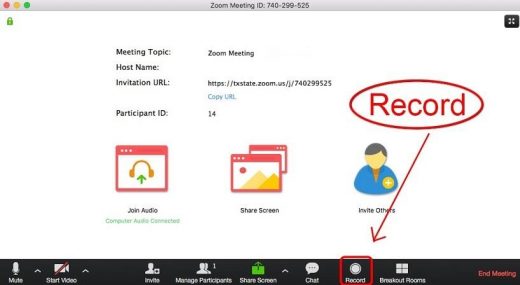19 Tips for Highly Effective Marketing Meetings
Meetings are a vital business tool to exchange information, facilitate communication, and progress toward company goals. But, far too often, meetings are long, boring, or missing a clear purpose. What’s more, the COVID-19 pandemic has caused a shift in how many companies conduct meetings from afar.
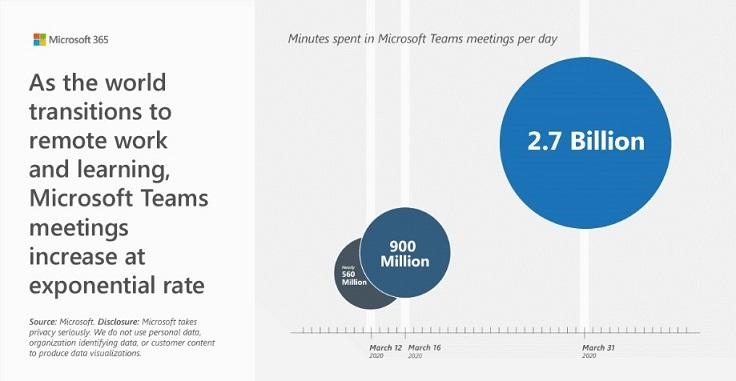
The good news, however, is best practices for marketing meetings are largely the same, whether they’re in-person or virtual. Here’s a closer look at precisely what steps to take to make sure your marketing meeting is effective and engaging—so that you can ensure no one ever wishes your meeting was an email instead.
Tips for all marketing meetings
The first set of tips here will make all your marketing meetings more successful—whether they’re in person, online, or have mixed attendance.
1. Figure out who should be there
According to Lee Gimpel, founder of Better Meetings, a meeting design, facilitation, and training firm, one of the first steps in planning an effective meeting is to invite the right people. The ideal scenario includes the necessary decision-makers but does not cast such a wide net it ropes in individuals who don’t really need to be there and wastes their time—and company resources.
“Think about sending invitations to a meeting like packing for a trip,” he said. “When we pack for a trip, we lay out what we think we need and then we’re instructed to ruthlessly cut out what we won’t really need and what’s duplicative with what we already have. The same goes for effective meetings: Extra weight in the room will just serve to slow you down.”
In addition, like Amazon’s infamous two-pizza rule—in which meetings never have more people than can be fed by two pizzas—you should limit the number of participants to around five to ten, said Vince Fishbone, head of marketing at Kingpin Private Browser.
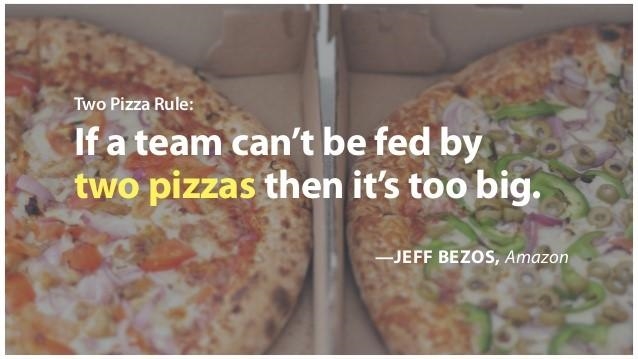
At the same time, Sam Harrison, Author of Creative Zing, IdeaSpotting, and IdeaSelling, said to ensure invitees are diverse in terms of age, gender, talents, job levels, and backgrounds to elicit a range of perspectives.
“The same old people keep coming up with the same old ideas,” he added.
2. Determine the meeting’s purpose
Another early step is to figure out the purpose of your meeting. That, of course, helps avoid the dreaded meeting that could have been an email instead.
“A classic pitfall of marketing meetings is to stuff them full of things to discuss and decide,” Gimpel said. “In trying to cover a dozen things, none of them are given the time they really need or deserve … but if you pare back and focus on what’s really important, it’ll give you a more realistic meeting and a better chance at walking away thinking you spent your time effectively.”
Establishing a purpose can help eliminate unnecessary recurring meetings, too.
“For example, weekly status is not a purpose, it is an occasion and usually turns into a boring checklist of people’s to-do lists,” said Maria Vorovich, founder of the consultancy Goodques.
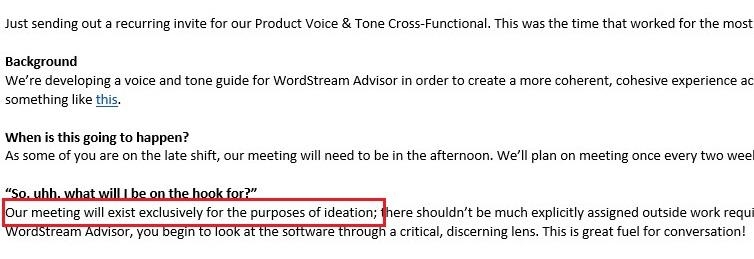
An old example of a great meeting invite. All the facts, including the purpose.
And, after you’ve identified your meeting purpose, make sure attendees know what it is beforehand.
“Note whether the purpose of the topic is to share information, seek input for a decision, or make a decision,” said digital marketing strategist Muhammad Mateen Khan. “It’s difficult for team members to participate effectively if they don’t know whether to simply listen, give their input, or be part of the decision-making process.”
3. State the meeting’s goals
In order to have effective meetings, Gimpel said you also have to explicitly state your goals for a given meeting beyond the initial purpose. Here’s how he put it:
“If you don’t know why you’re meeting, it’s hard to know if your time was well-spent or not. Just jotting down a simple statement at the top of your agenda or in your calendar invitation can go a long way.”
This also helps attendees prepare—and it helps the meeting stay focused.
“I had found, after who knows how many meetings, it wasn’t always clear why we were meeting,” said Neal Taparia, cofounder of business incubator SOTA Partners. “Now, before every meeting, it must be stated in the invite the goal and action item of the meeting. For example, on a recent SEM campaign, we needed to understand why changes to our ad copy did not improve click-through and our stated goal was to diagnose this issue and solve it.”
4. Prepare an agenda
And, of course, once you have a purpose and goals, you need to set an agenda, which Gimpel said to think of as a plan for how a meeting will meet its objectives.
When determining items to discuss, Domantas Gudeliauskas, marketing manager at website builder Zyro, said to make sure they directly relate to KPIs.
“This helps keep focus and aims at actionable discussions that impact performance,” he added.
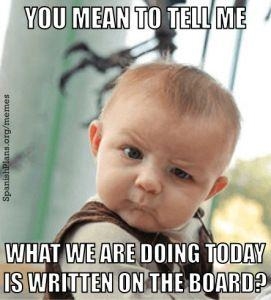
Afton Brazzoni, founder of marketing and communications studio Scribe National, also recommends asking attendees if they have anything to contribute to the agenda ahead of time.
Mateen Khan said you can even list agenda topics as questions for attendees to answer.
“A question enables team members to better prepare for the discussion and to monitor whether their own and others’ activities are on track,” he said.
Biland Sadek, regional commercial director for MEA and duty-free at tobacco company Philip Morris International, is also an advocate of the question method to maximize meeting effectiveness.
“For example, instead of a general topic like ‘Miscellaneous Updates,’ I will try changing it to ‘What key pieces of information do each of you have to share or need from one another?’” he said. “Preparing these questions before the meeting will make it easier to determine who should attend and how much time is needed. This approach to our agenda can bring focus, engagement, and better performance to our meetings.”
In terms of structure, Nate Nead, CEO of content marketing and link-building firm SEO.co, said he likes the Entrepreneurial Operating System’s Level 10 meeting structure popularized in Gino Wickman’s book Traction.
This, he said, ensures the meeting stays focused on items that are most relevant to the higher-level goals of the organization.
“Perhaps my favorite aspect of the Level 10 meeting process is the fact that it follows the mantra, ‘When performance is measured, performance improves. When performance is measured and reported back, the rate of improvement accelerates,’” he added.
5. Share the agenda early
Once you’ve prepared the meeting agenda, circulate it to attendees with enough time for review.
“Distribute the agenda … so the team can read background materials and prepare their initial thoughts for each agenda item ahead of time,” Mateen Khan said.
In addition, Spencer Grover, senior product marketing manager at sales onboarding and training software LevelJump, said this helps prevent wasted time getting everyone in the room on the same page.
Plus, this advanced distribution strategy allows for feedback from attendees prior to the meeting, Brazzoni said.
It also allows attendees to submit their own topics and promotes more interactive meetings, said Angela Ash, digital marketing specialist at commercial real estate sales platform UpFlip. Even more, she explained:
“This gives everyone the feeling of actually being invested in the discussions that take place.”
This is especially important if attendees need to present data, which is necessary in lots of marketing meetings.
“We can’t analyze results without the metrics,” said Tom De Spiegelaere, founder of affiliate marketing firm Tom Spicky. “Your team should be ready to present data such as conversion rates, search engine rankings, leads generated, and other vital info.”
6. Appoint a facilitator
At some point, you’ll also have to figure out who is going to lead the meeting. Ideally, that person has good processing skills and will be able to call on attendees when more than one person wants to speak, according to business profitability expert Shel Horowitz.
In addition, Mateen Khan said the meeting host should identify who is responsible for leading each agenda topic.
“Someone other than the formal meeting leader is often responsible for leading the discussion of a particular agenda item,” he said. “This person may be providing context for the topic, explaining data, or may have organizational responsibility for that area.”
7. Rethink long meeting
This is key for marketing meetings: You should always strive to schedule the shortest meeting possible. Perhaps most importantly, that helps prevent attendees from getting bored or, worse, frustrated.
Craig Griffiths, director of internet marketing company SearchUp, pointed to Parkinson’s Law, which states, “Work expands so as to fill the time available for its completion.”
In other words, if you schedule two hours, attendees will inevitably find things to talk about to fill that time regardless of how relevant and helpful they are.
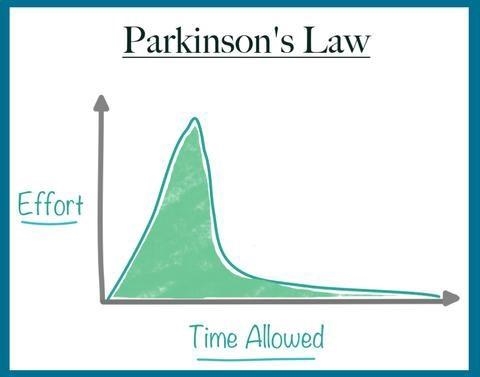
“Setting shorter meetings, such as 30 minutes, means you’ll focus on the most important things due to the added time pressure,” he added.
You can start by assigning realistic time estimates for each agenda item.
This helps the meeting planner calculate how much time is needed overall and also allows attendees to adapt their comments to fit the time allotted—or to suggest more time is needed, Mateen Khan said.
During the meeting, Horowitz said the facilitator should appoint a timekeeper, who notifies the room when time for a given topic is up. “If the item is incomplete, attendees should vote on whether to give it a few more minutes immediately, return to it after other items or cut off the discussion,” he added.
That also means if anyone starts talking off-topic, the facilitator can step in to get the conversation back on track.
If, however, a meeting is unavoidably long, Horowitz said to incorporate some kind of stretching break at intervals, like every 30 to 40 minutes.
And when it comes to the time of day, Brazzoni said to avoid lunch meetings—but, if you can’t, either provide food or allow attendees to bring their lunches.
“It’s no fun wondering and being hungry—and also doesn’t make for good productivity,” he added.
8. Include time for brainstorming
Marketing meeting agendas in particular should also incorporate time for brainstorming.
This, said Morgan Taylor, CMO of financial services firm LetMeBank, allows attendees to share ideas and feedback.
“You never know when a different viewpoint will make something obvious that everyone else missed,” he said.

But it should also include time for attendees to gather their thoughts.
“We’ve all been in the same meeting where a handful of people sit around a table and someone asks the group for thoughts or ideas. And we’ve all seen how just asking a room of people to throw out ideas often produces lackluster results,” Gimpel said. “A really simple tweak is to ask people to spend a minute—truly 60 seconds—jotting some ideas on their own first and then sharing with the group.”
This moment of reflection typically results in more—and better quality—ideas than simply opening up the floor and watching what spills out, he added.
9. Set up equipment ahead of time
This tip is simple, and it probably isn’t a surprise to any of us. We’ve all likely been in meetings in which we had to sit around and wait because of technical difficulties. Instead, Brazzoni said to make sure whoever is running the meeting arrives early to set up the necessary equipment so the meeting can start on time.
10. Make sure slides are legible
Also, remember slides with text can be hard to read—and trying to read slides is a distraction for your audience.
Taparia’s recommendation is to cap slides at 60 words apiece.
“We found that when talking through marketing slides, no one would read all the text on the slide. When you do, you oftentimes don’t listen to the presenter,” he said. “Now we make sure that slides have limited text, and are focused on visuals, leading to a more engaged audience.”
11. Set next steps before the meetings ends
In addition to purpose, goals, and an agenda, each meeting should have an action plan by the end.
“A lot of meetings steal defeat from the jaws of victory as things seem to be going along great and then the meeting just ends without a concrete plan about who’s going to do what,” Gimpel said. “As a cheat, you can add a section for action items at the end of the agenda as a reminder that the meeting isn’t over until you’ve actually made a decision or delegated tasks.”
An added benefit is accountability for attendees because everyone knows who is supposed to do what.
Andrew Lamping, CEO of social media marketing agency Cyclone Social, even recommends attendees explain their action items at the end of the meeting.
“If you don’t [establish an action plan], you will find you are talking about the same issues you covered in the last meeting, arriving at the same conclusions, wondering why nothing ever gets implemented,” Taylor said. “A marketing meeting without an action plan is just a friendly get-together.”
Tips for better virtual marketing meetings
While best practices for virtual meetings include all of the above, there are a few additional tips to ensure success.
12. Turn on cameras
For starters, encourage—or even mandate—attendees to turn on their cameras.
“It’s better when you can see people,” Grover said.
Allie Danziger, president of Integrate Agency, said she even sends reminders so attendees will be prepared to be on camera.

In addition, Syed Irfan Ajmal, founder and managing director of digital marketing and e-learning firm SIA Enterprises, said this helps maintain meeting norms.
“When you are invited to a meeting, you can’t just show up in your pjs,” he said. “You need to understand the rules and responsibilities … [it] is the key to effective meetings.”
And, said Norhanie Pangulima, a content ambassador at relationship site Hernorm, it helps the meeting planner gauge reactions and maximize communication.
13. Look at the camera
It’s also important to make eye contact in virtual meetings by looking directly into the camera as often as possible, Sadek said.
14. Mute yourself
Because the facilitator’s job is somewhat different in a virtual room and it can be hard to hear with multiple attendees speaking at once—or even with background noise—Brazzoni said another best practice to mute yourself if you’re not talking.
15. Avoid multitasking
And despite the temptation to check your inbox, Slack, or your phone, Amir Shahzeidi, digital marketing manager at video-on-demand platform Uscreen, said to avoid multitasking during virtual meetings because it can break the flow of conversation and you could miss out on important information.
“It’s extremely important to avoid multitasking on video calls,” he said. “Listen to your team. And share your input.”
16. Take advantage of technology platforms
There are also tons of technology to help virtual meetings run smoothly.
An online work management tool, such as Asana, can help put marketing pipelines and meetings together, for example.
“I love Asana for keeping our projects organized and on track and it’s easy to use a work management tool to manage status check-in meetings or daily standups,” said Erik Rivera, CEO of online mental health platform ThriveTalk. “You don’t need to set an agenda if you’re already familiar with the workflow tool you’re using and the projects on it—just use the list, board, team member, or other view you prefer as an agenda to go over projects in the marketing pipeline.”
Shahzeidi recommended online collaboration boards.
“We use [collaborative whiteboarding platform] Miro for virtual collaborations, it allows everyone to collaborate and brainstorm, from wireframing a new page design to content marketing planning and team management,” he added.
In addition to the popular video communication platform Zoom, Sadek suggested using breakout rooms on Zoom to make virtual meetings more interactive.
“[They] enable you to instantaneously beam small groups into their own virtual chat rooms before bringing everyone back to the overall meeting with a click of the mouse,” he said.
17. Use password-enabled meeting rooms
You should also conduct virtual meetings in password-enabled meeting rooms.
“There are already countless reports of hackers getting into virtual meetings of remote teams,” said James Miller, CMO of the online publication Minuteman Review. “As such, organizations must only use password-enabled sessions for each meeting to increase security levels. Otherwise, marketing teams are risking their privacy by boldly doing unprotected sessions inside online meeting rooms—where sensitive and confidential information might get leaked.”
18. Record virtual meetings.
And one advantage to virtual meetings is they are easy to record—and marketers probably should.
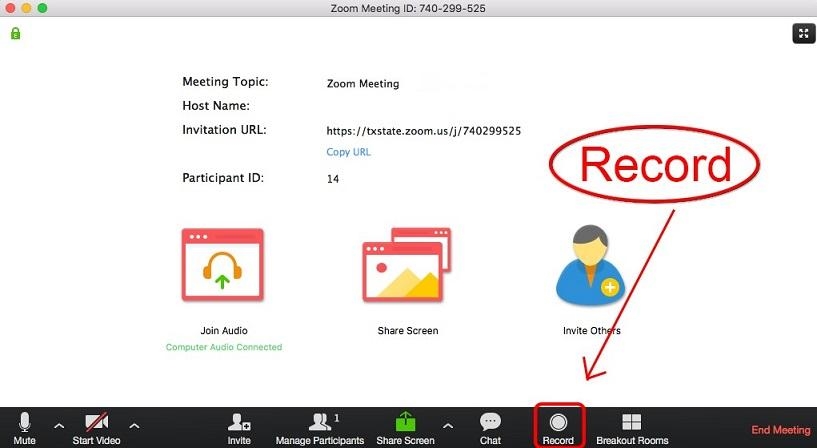
You can record easily on Zoom and other platforms.
“As a manager, this will help you to get better in conducting your meetings more efficiently while inspiring your team more and more,” said Joaquim Miro, founding partner and chief growth officer at social VR application Hoppin World. “It also keeps you and the team more accountable.”
Agnieszka Kasperek, CMO of project management and automation tool Taskeo.co, agreed digital copies of not just recordings but also notes, files, and screenshots, can help make your marketing meetings more efficient.
Just be sure to let all attendees know ahead of time that you’re planning to record the session, and make sure to share how it’ll be viewed and accessed.
19. Have a meeting about meetings
Finally, when it comes to both in-person and virtual meetings alike, you may want to take a step back and have a meeting about meetings to survey your own marketing meeting landscape.
That’s according to Ethan Taub, CEO of financial institutions Goalry and Loanry, who said it helps figure out whether to keep an existing meeting, cut it, or combine it with another.
“This one meeting may take an hour or so, but it will cut off many hours from other meetings,” he said. “It’s advisable to rerun this meeting every six months to deal with the creep of more/other meetings in that time.”
Business & Finance Articles on Business 2 Community
(52)

